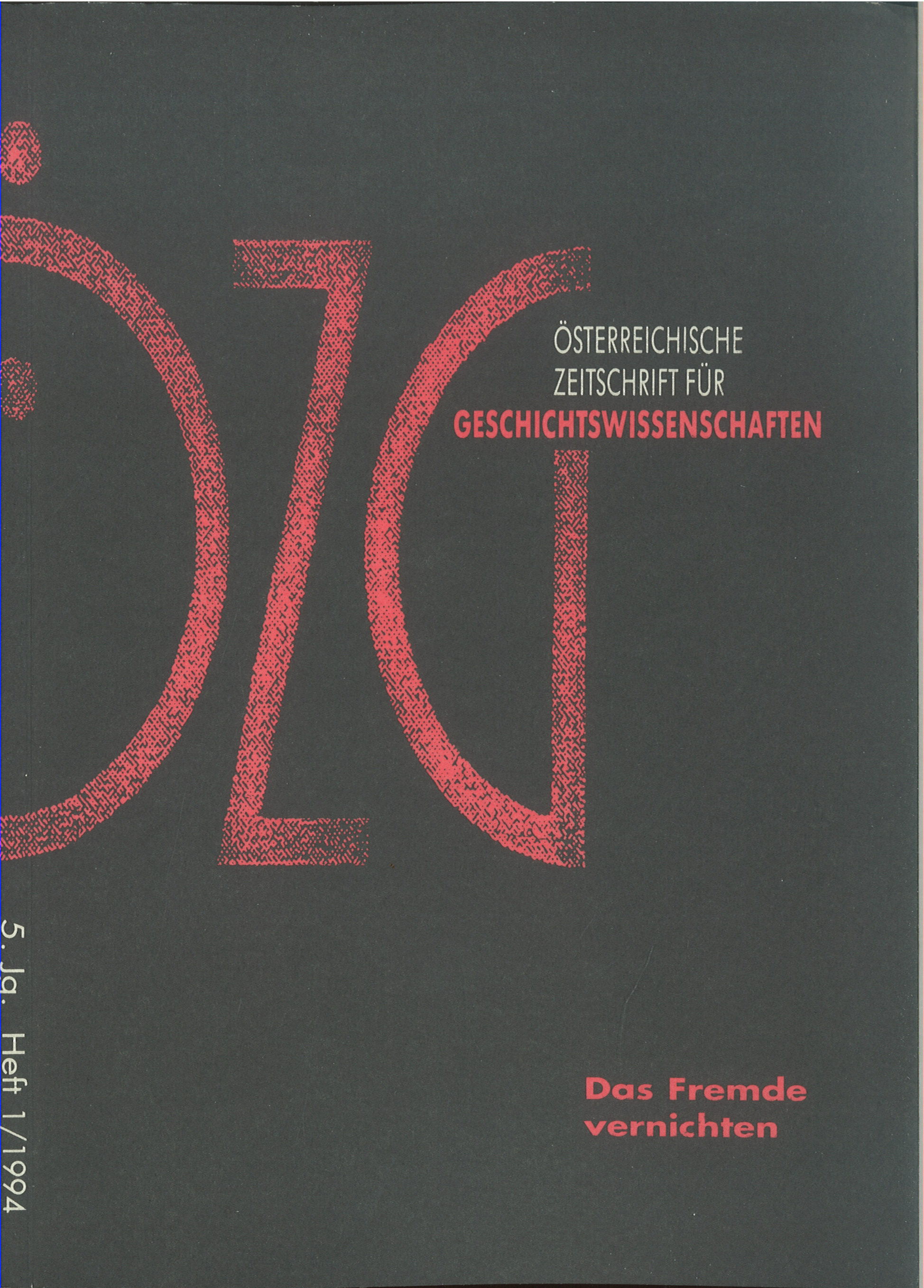Ethnien und Nationalismen in Osteuropa
Drei Vorüberlegungen zur vergleichenden historischen Forschung
DOI:
https://doi.org/10.25365/oezg-1994-5-1-2Abstract
Since questions of ethnicity, national identity and nationalist movements are very much en vogue in all human sciences, and since some of the disciplines involved are definitely newcomers when it comes to the equally recently discovered regions of Eastern Europe, the author suggests a unified strategy for these endeavours in order to prevent the - unfortunately not so infrequent - rediscovery of the wheel, in which such uncoordinated efforts often result. According to him all European regions other than Western Europe no matter whether they are part of Central-, Eastern-, Southeastern-Europe or even part of the former USSR - exhibit similar structures of ethnic diversity, national elites and national conflicts, which for historical reasons differ greatly from their Western European counterparts. The traditional approach of nationalist historiography and of dealing with these problems within the time-honoured framework of majority-versus-minority conflicts should according to the author be abandoned. With Ernest Gellner and against Anthony Smith he suggests to first set up a catalogue of ethnic groups in this region. Since these ethnic groups serve as a kind of „dormant national movements" which in the course of events are or are not being kissed alive by nationally active elites, the author pleads for a comparative survey of different national elites active in this region and the respective ethnic groups they try to mobilize. A further suggestion of his is to give the topic of violence more systematic consideration, especially the manifold ways in which violence can influence and indeed has influenced processes of nationalisation.


